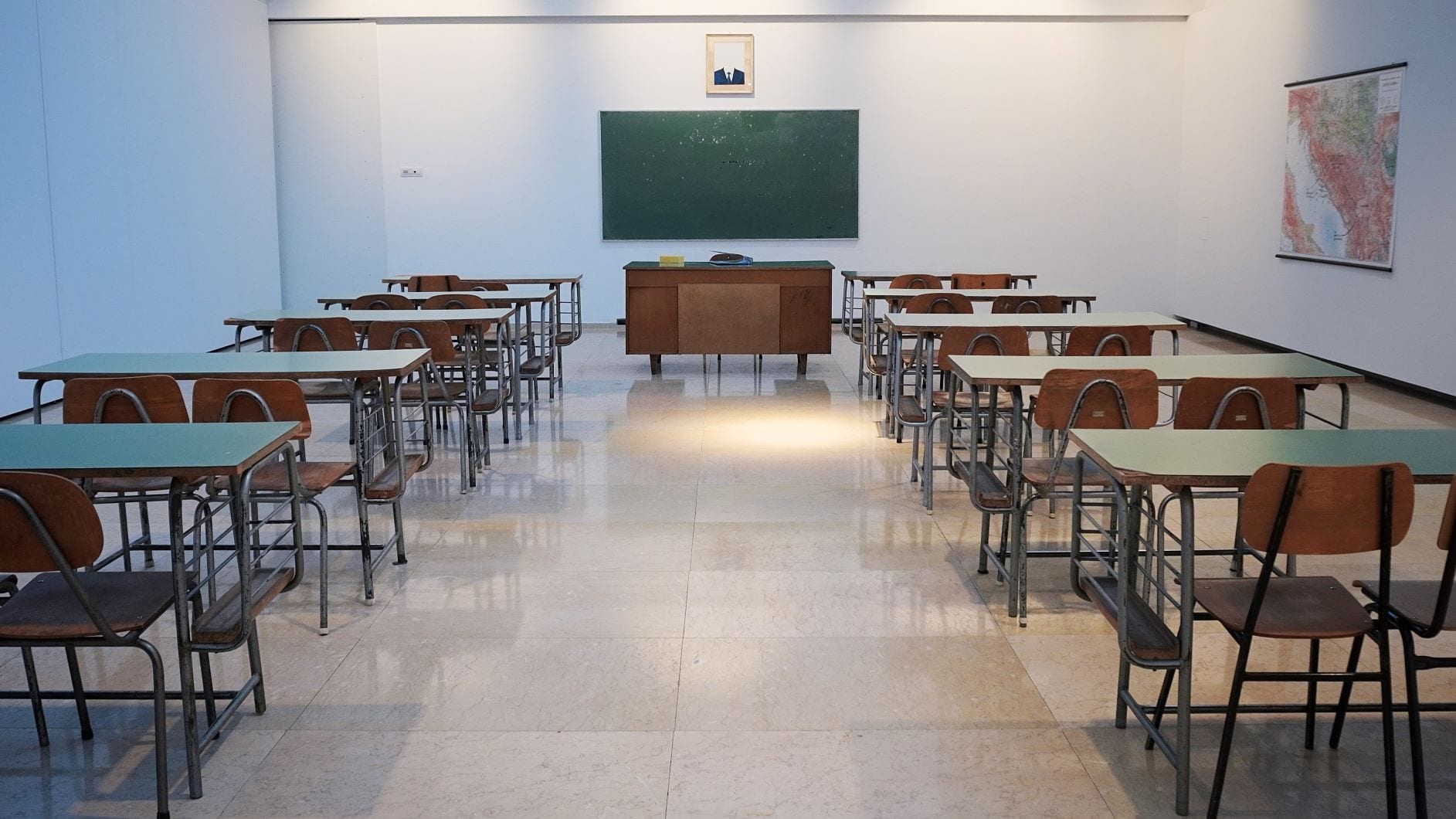CTA believes educational legislation, programs, strategies, and information should encourage quality interaction between teacher and student (pre-K-14) based on negotiating maximum teacher-student class loads by grade level or subject rather than minimum class sizes or averages per school. Class size should be consistent with the requirements of quality instructional standards, ensure a safe learning environment and be fair and equitable.
“As a first grade teacher for the past 15 years, I can assure you that class size DOES matter. My class went from 20 to 24 this year and will increase to up to 28 next year. I have less time to give individual attention to my students.”
-Lisa Sassman
CTA believes small class size, particularly in grades pre-K-12, allows for the optimum development of a student’s potential. Class size and daily student-teacher contacts must allow for individual attention to each pupil.
A reasonable goal for California’s class size is a program that places California in the upper quartile of low class sizes in the United States with class size computed upon actual classroom teacher: pupil ratio.
Class size maximums must be established, with Association involvement, based on the type of students, state content standards, physical facilities, and other criteria.
Optimum maximums should include:
- Twenty (20) students in regular elementary classes including special day class students mainstreamed into the classroom;
- Twenty (20) students in regular secondary classes including special day class students mainstreamed into the classroom and students in each course of distance or online learning; with no more than 100 students per day;
- No more students than the optimum number of work stations in shop and laboratory classes, regardless of the grade level.
- A ratio of 8 students per 1 adult, with a maximum class size of 24, shall be maintained in preschool, under the direct supervision of a certificated teacher.
Optimum maximums do not preclude larger class sizes which foster program effectiveness, e.g., orchestra, choir, drama, some intramural athletic programs, etc.
The local bargaining agent and the local school board shall negotiate the list of classes which are included in this category.
CTA believes that class size reduction at all levels is essential. Further, that vocational and technical education programs, staffing, facilities, and funding must be protected and maintained during any attempt to reduce class size.
Full state funding must be provided for class size reduction, including funding for construction of appropriate classrooms. Class size reductions should reflect appropriate curriculum development and necessary additional support personnel.
Special Education: Caseload
CTA believes that mandated Special Education caseload limits for programmatic and funding purposes are necessary. These limits must apply to all students for whom ongoing direct service or consultation is provided including identified students with Individual Educational Programs (IEP) or non-identified students. These same class size/caseload caps shall be enforced on a per class basis.
Special Day Class Teacher Caseload
- Infant/Preschool (Birth – 5 years)
- Intensive, 6 pupils
- Non-intensive, 8-10 pupils
- Ages (5.0 – 22)
- Autism, 6 pupils
- Moderate – severe, 6-8 pupils
- Mild-moderate, 8-10 pupils
- Blended – RSP/SDC/autism, 10-12 pupils
- Emotionally disturbed, 4-6 pupils
- Low incidence
- Hearing (hard of hearing, deaf), 6-8 pupils
- Vision (low vision, blind), 6-8 pupils
- Deaf-blind, 4-6 pupils
- Orthopedically challenged, 6-8 pupils
Resource Specialists: caseload, 20 pupils
Related/Designated Instructional Services Caseload
- Speech and Language (including duplicated and unduplicated),
- Infant, 15 pupils
- Preschool, 25 pupils
- Elementary, secondary, post-secondary, 40 pupils
- Adapted P.E. (including duplicated and unduplicated), 45 pupils
- Psychological Services
- Assessment caseload (including gifted), 45 pupils
- Counseling, 12-22 pupils
- Hearing (itinerant) (duplicated and unduplicated), 12 pupils
- Orientation and Mobility, 12 pupils
- Inclusion Specialist, 8-10 pupils
School Nursing Service Caseload
- General and special education K-6, 750:1
- General and special education 7-12, 1000:1
- Special education, 100:1

